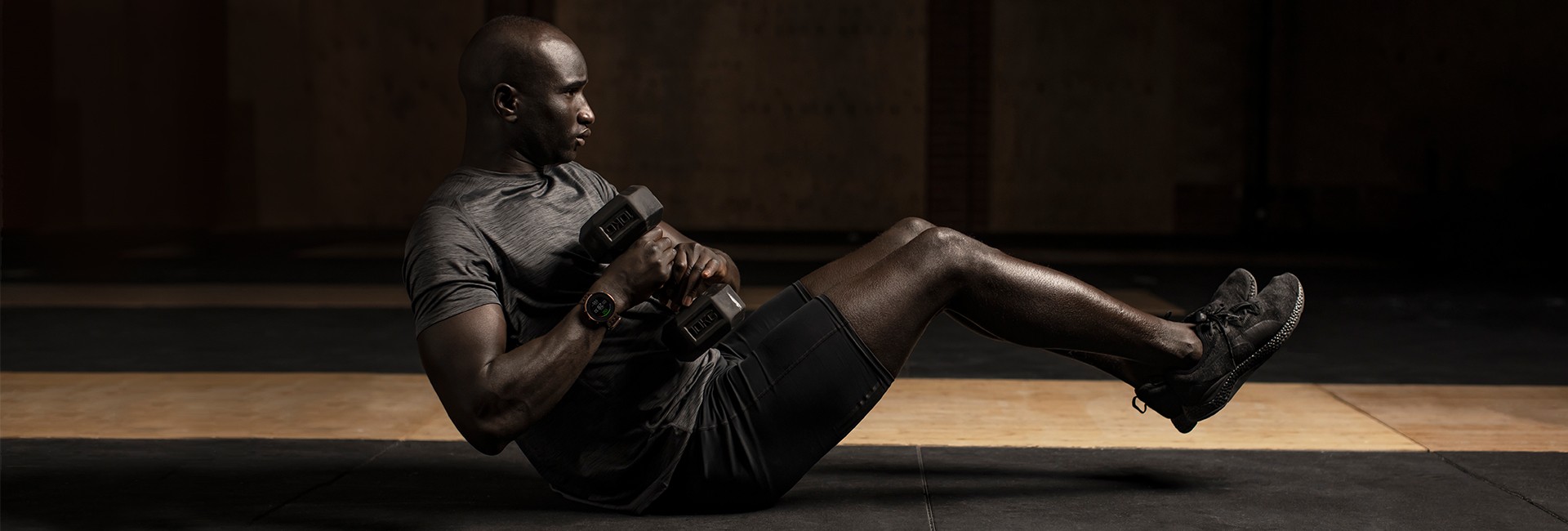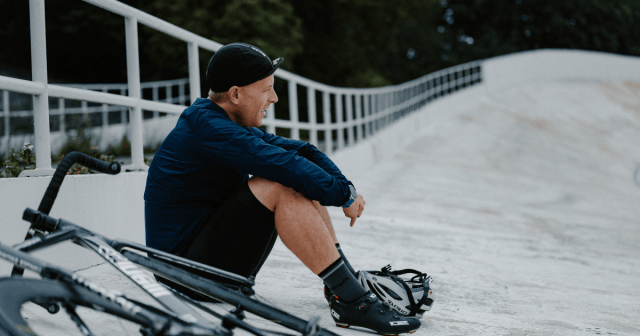You got sick. You got better. Now, how and when do you exercise after Covid? At this stage of the pandemic, hundreds of thousands of people are testing positive for Covid each day. The symptoms can vary dramatically, but even mild cases will bring a training routine to a halt for a few days.
After a period of inactivity, you lose strength and your aerobic condition dwindles, plus, in the case of Covid, your whole body will be beaten down from battling the infection. If you jump back into your routine, you may be doing more bad than good.
Getting back to your exercise routine after Covid – or an injury or any illness – requires some careful planning, certain amount of self-restraint to safely achieve optimal results, and more importantly, prevent serious negative outcomes. At first, you won’t be able to run as fast as usual or lift as much weight as before. With a bit of patience and determination, soon enough you’ll be back on track.
People who are active typically have a hard time being relegated to the couch, so it’s important to accept the situation and tame the mental agony that comes with a period of inactivity. Your return to exercise after Covid will require some work to overcome both physical and mental demands.

Before you exercise after Covid
Patience will be your most important asset. Find the right headspace to bounce back because training at full speed again will take some time.
Planning when to return to exercise after Covid depends on the severity of the symptoms. When you’re itching to get back to your exercise routine, it’s easy to jump back right where you left off. Any symptoms, however, are reason enough to hold off and avoid training hard.
If you have mild symptoms, wait for a few days after all symptoms have resolved before resuming exercise. Overtaxing your body while you have an active viral infection or right after illness is risky and could lead to additional complications including myocarditis, an infection of the heart.
If you have mild symptoms, wait for a few days after all symptoms have resolved before resuming exercise. Overtaxing your body while you have an active viral infection or right after illness is risky.
Even if you’re asymptomatic, it’s recommended you rest for two weeks after a positive test result. And in this case, rest means refraining from any physical activity that causes your heart rate to increase.
Set new goals
For elite athletes, it might take two or three weeks to return to their previous physical condition after they’ve run a fever over one and a half days. Such a setback demands fine-tuning and adjusting their training plans and goals. You should do the same.
Before you got ill with Covid, you had goals. Maybe you planned to run a 10k or simply you wanted to stick with the yoga course you started this year. Now, when you’re returning to training after Covid-19, your body is weaker, you feel sluggish, or is difficult to keep the habit. Re-evaluate your goals. If you missed a race, sign up for a new one.
How to return to training after Covid
Once you’re symptom-free and you’ve rested enough, you should start slow and gradually up the intensity. Here are a few recommendations to exercise after Covid.
Walk before you run
On the first day you start exercising after Covid, go for a brisk walk, maybe no longer than 20 or 30 minutes and keep your heart rate in zone 1. How does this stroll feel? A walk is good way to gauge whether you’re ready to resume exercising.
You’d be surprised by how much a walk wears you down. It’s normal to feel tired and weaker than usual. Take the next day off and let your body go back to recovery mode. Just add some light stretching to keep your body active.
Start with cardio
When you fall ill with a viral infection, your body becomes a battlefield in which white blood cells fight the virus. Like rubble after the battle, your muscles will be beaten down, weakened and unable to tolerate the pre-sick levels of effort. Your underused muscles will get sore a lot quicker. Use them too hard and you’ll risk a tear or a strain.
That’s why it’s a good idea to focus on easy cardiovascular exercises first and save weightlifting and strength work for later. Swimming, elliptical, cycling, or easy runs are good options as you’re easing back in – avoid exercise that puts much stress on your muscles.

Listen to your heart
Monitoring your heart rate can help you keep the intensity down, ensuring you don’t exceed your limits. It is also a good way to see exactly where you are in terms of your previous fitness.
After illness, your training heart rates many have become a bit higher. Keep the intensity of your workouts down to avoid putting your body under pressure too early. You’ll need to do some basework before it’s time to start intensity training – ideally, you want to wait until training heart rate zones are back in line with your pre-sick workouts.
Keep the intensity of your workouts down to avoid putting your body under pressure too early. You’ll need to do some basework before it’s time to start intensity training.
Stick to the 50% rule
But even if you focus on cardio, don’t overdo it to compensate for the lack of strength work. Experts suggest doing about 50% of your usual volume. For your first cardio workouts after Covid go for shorter runs, rides, swims, or other cardio activities. If you used to spend 30 minutes on the elliptical, start with a 15 minutes session.
Slowly increase workout intensity
If your recovery is on track and your body responds well to low intensity workouts for a couple of days, you may be tempted to jump up to 100%. Adding too much intensity too fast, too soon is never a good day – wait a bit until you do high intensity interval training.
Add more workout volume gradually: bump to 60% first, of for 75% in the next week.
Don’t try to make up missed workouts
If you’re following a strict plan, like a marathon training plan, missing a few workouts can bring some negative energy and make you eager to make up for lost time when you come back, planning an extra long run or an additional interval workout.
In this case, remind yourself there isn’t a perfect training cycle. Move past the lost time and don’t try to make up missed workouts. You’ll be adding extra effort to the workflow, risking injury. Instead, scale down your plan so you gradually ease in.
Let fatigue (and your body) guide you
This is as obvious as it gets. Whether you’re in recovery mode or in your peak form, always listen to your body. When you return to exercise after an illness like Covid, it’s extra important to pay attention to any signs of exhaustion.
One way to keep fatigue in check is to add extra recovery days to your training plan for several weeks. If you used to go for a run five days, go only four days and add some active recovery, like walking, instead.
Let’s Wrap it Up
If you test positive for Covid and need to stop training, you safely come back to your training routine once all symptoms have disappeared. Keep in mind the following recommendation and when in doubt, reach out to a health professional.
- Wait for a few days until all symptoms have resolved.
- Start slow.
- A power walk is a great way to assess your condition.
- Gradually increase intensity.
- Listen to your heart.
If you liked this post, don’t forget to share so that others can find it, too.
Or give it a thumbs up!
I like this article
Please note that the information provided in the Polar Blog articles cannot replace individual advice from health professionals. Please consult your physician before starting a new fitness program.




